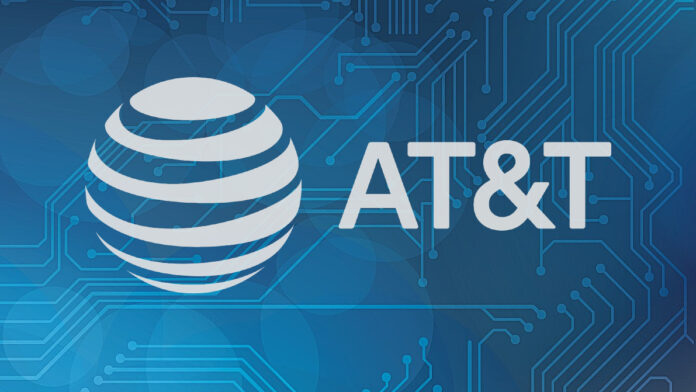Carrier announces new radio deals with Fujitsu, Mavenir as part of its move toward multi-vendor Open RAN
AT&T has laid out aggressive plans for fiber and 5G midband expansion over the next three years, as it leans into owners economics of a converged network that it wants to grow even further, and offered up more details of its move toward a multi-vendor Open RAN network.
At the company’s investor day, executives detailed plans to push from an estimated 270 million POPs covered with midband 5G at the end of this year, to more than 300 million by the end of 2026. Meanwhile, the company will also be expanding its fiber footprint to reach 50 million locations, up from around 29 million at the end of this year.
“With this bold strategy, we are entering a new era of sustained growth at AT&T,” said CEO John Stankey, who highlighted AT&T’s pursuit of a converged network with owners economics at scale.
5G, Stankey emphasized in his presentation, has provided AT&T with “improved and durable returns” since mid-2020, including both a boost in AT&T’s postpaid phone subscriber base as well as mobile service revenues. AT&T anticipates that its mobility service revenues will continue to grow by 2-3% annually in the next several years.
AT&T’s fiber investments, meanwhile, have also proved out their return on investment. The company has expanded its fiber locations by around 11 million since mid-2020 and more than doubled its fiber customer base in that time, to around 9 million. Consumer broadband revenues are expected to see growth in the mid-teens annually over the next few years, AT&T said.
Jenifer Robertson, head of the company’s mass market business, said that AT&T is already achieving 50% customer penetration in some of the markets where it has deployed fiber. It expects to be able to double its fiber customer base again over an expanded fiber footprint, she said.
AT&T also provided some additional insights and partners for its push toward multi-vendor Open RAN, which was announced a year ago, with Ericsson’s technology underpinning the transition. AT&T expects to have “largely completed the modernization” of its 5G network by 2027, and to have 70% of its 5G network traffic traversing open hardware by late 2026.
Ericsson still has a primary role in enabling AT&T’s push toward Open RAN: its Intelligent Automation Platform (EIAP) will manage all the open radios from various vendors that come into the AT&T network. But part of AT&T’s announcement on Tuesday was that it has signed new agreements with Fujitsu and Mavenir to develop radios “specifically for crowded urban areas … [which] will help us improve our network’s performance and coverage in busy cities.” Those radios will be Open RAN C-Band radios and dual-band radios meant for utility and light pole attachment.
The carrier also said: “We are continuing to look for opportunities to bring additional third-party radios into the network when needed.”
AT&T expects to have capital expenditures in a range of around $22 billion a year over the next few years as it works to achieve its 5G and fiber network goals, and Stankey said that by reducing its debt over the last few years, it is also in a position that it intends to return $40 billion in value to shareholders through dividends and buybacks. The company also said that it expects to have about $10 billion “financial flexibility” that it would use for either continued debt repayment or buybacks, or strategic acquisitions or investments.
Meanwhile, AT&T will also be stepping up its exit from legacy copper infrastructure. AT&T plans to no longer provide copper-based services in the majority of its territory by 2029, transitioning customers to its fiber where available or to its 5G Fixed Wireless Access service. It expects that most of its copper customers by population will be able to be served by its fiber footprint, with only about 10% of population (but 50% of geographic area) to be served with a FWA-first transition approach for customers.







